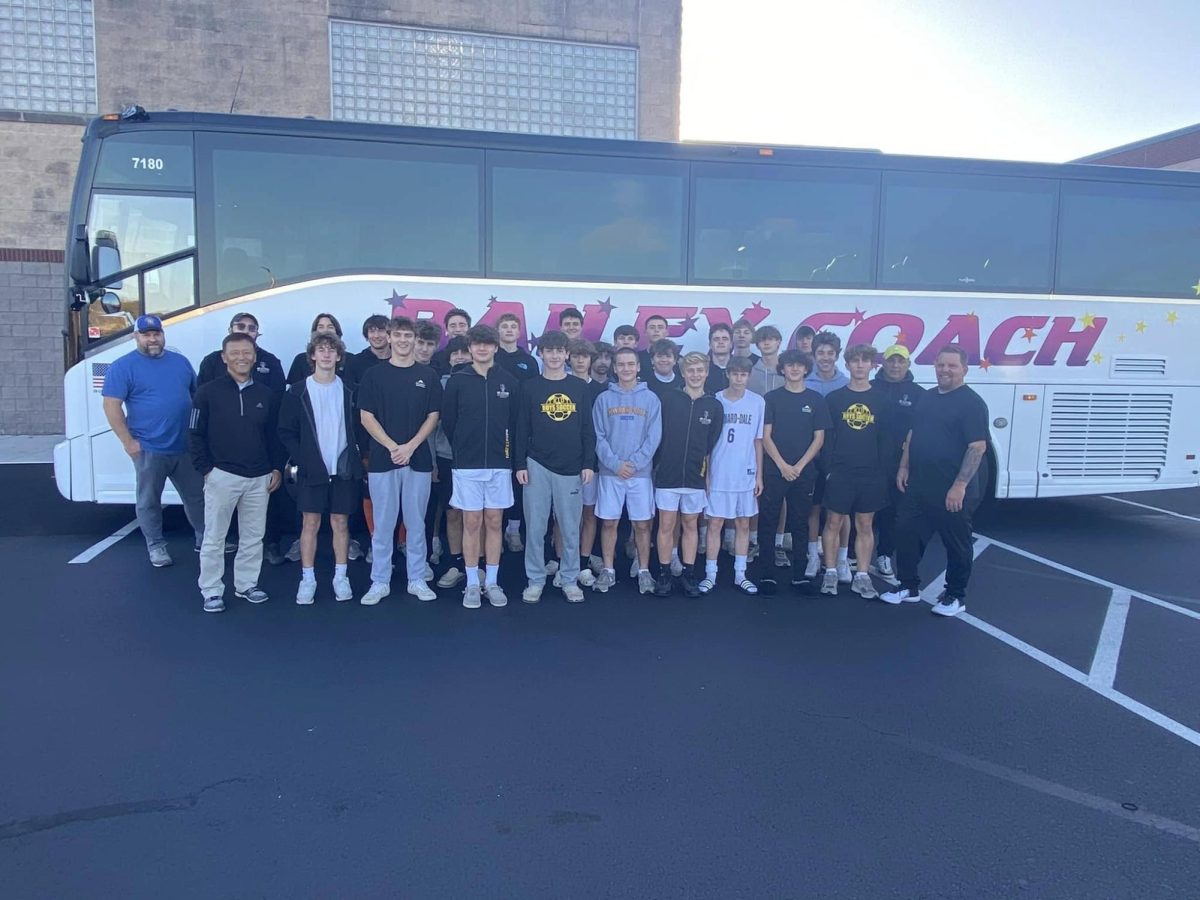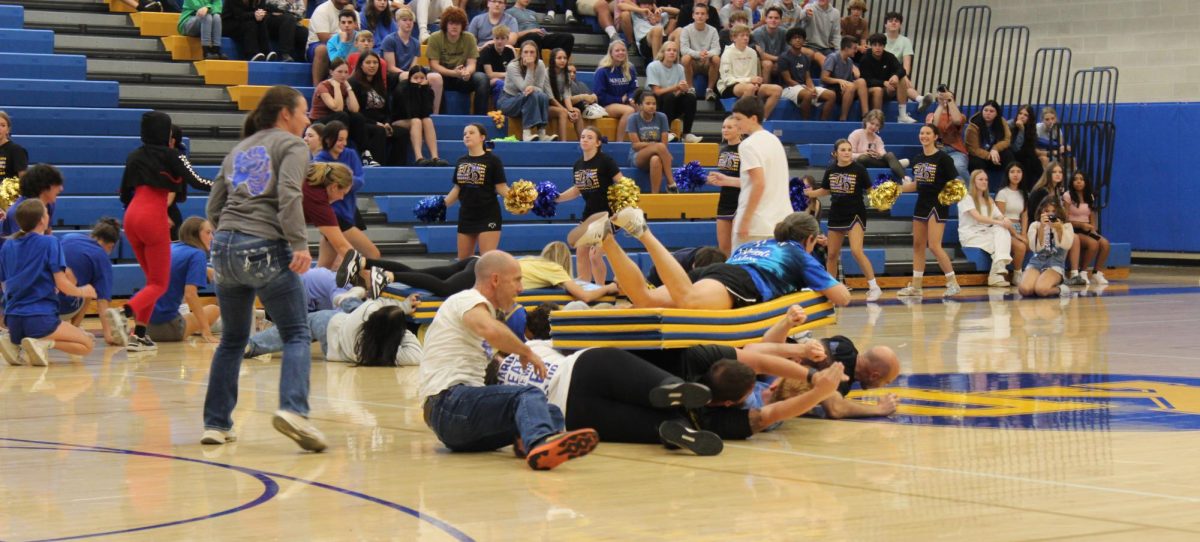The Pacific-12 conference has been around in college sports since 1959. Starting with the 2024 college football season, it basically won’t be a conference anymore. With the final schools, Oregon State (OSU) and Washington State (WSU), announcing their partial departure, football and baseball will be the only two sports in which they will still be Pac-12 members.
All other sports will merge with the West Coast Conference (WCC) and become affiliate members. However, OSU and WSU will still play WCC baseball games and will be able to play in championships for the next two seasons.
For football though, both teams will play each other and be incorporated into the Mountain West Conference (MW) teams’ schedules. They will also play some games against non-conference opponents as usual.
So, how did the Pac-12 get to this point? The University of Southern California (USC) and the University of California, Los Angeles (UCLA) announced they would join the Big 10 in June 2022. Although losing two big schools was a bit of a hit to the Pac-12, they still believed they could carry on with the 10 remaining colleges.
However, in the summer of 2023, three more prominent teams announced their decisions to leave. Colorado would join the Big 12 and Oregon and Washington would both leave for the Big 10. This left the Pac-12 with 7 teams, which is one less than what is required by NCAA rules to be a conference.
With the deadline quickly approaching and no plan to rebuild the Pac-12, many schools left out of fear. Utah, Arizona, and Arizona State all joined the Big 12, and Stanford, California, and Southern Methodist University (SMU) became members of the Atlantic Coast Conference (ACC).
This brings us to now, where OSU and WSU are temporary members of the WCC and MW. It is unclear whether or not the Pac-12 will use their grace period to rebuild or disband completely.
Regardless, all these teams leaving have made impacts in every aspect of college sports. Schedule, divisional, playoff, and championship formats have needed to change to accommodate the large number of teams in one conference. The ACC will have 17 schools, the Big 10 will have 18, and the Big 12 will have 16.
No matter the conference, all of these teams will have to make a difficult adjustment. Athletic Director and Duke fan Blake Knecht weighs in with his opinion on how they will perform:
“Overall the PAC-12 was a tough conference so these schools have faced tough competition. The adjustment in regards to travel, schedule, and how competitive each team is will determine their success,” said Knecht.
Since all of these teams joining goes into effect with the start of the 2024 college football season, here is how the football schedules have been changed:
Most conferences have created a model for scheduling with protected matchups that are played every year along with the rest of the schedule being filled in with a rotation of conference opponents. The goal is for all schools to play each other at least twice over a period of five or so years–once home and once away.
Divisions are also being scrapped by the ACC and the Big Ten. The ACC got rid of their divisions with the beginning of the 2023 football season, and the Big 10 will be getting rid of them starting the 2024 football season.
So, wait, if these conferences are getting more teams, why would they choose to get rid of divisions? Wouldn’t that make it easier for them to schedule match-ups?
Well, when it comes to conference championships, often the leaders of the two divisions would face off against each other. This means that even if one division has two highly ranked teams, only one of them gets a chance at the conference title. Without divisions, the actual two best teams of one conference get a fair chance to win the championship.
There is also a large financial stress that these changes will put on colleges. This could affect their recruiting, travel expenses, and overall budget for sports programs.
“This requires more airfare, hotel lodging, and other things related to travel. With many sport programs financially not being able to cover their expenses this will have a significant impact,” said Knecht.
KD Football coach Christopher Grube also brings up the large issue that NIL is creating for high school athletes looking to get recruited. NIL—which stands for name, image, and likeness—allows college athletes to profit off of companies using them to promote their products.
“NIL is destroying college athletics as well as the transfer portal. It is no longer the love of the game but who has the deepest pockets,” said Grube.
Now, these colleges that have to travel much farther for competition are put at a disadvantage because they won’t be as appealing to athletes. If another college can offer a recruit more money, they are more likely to leave behind better opportunities playing-wise.
Overall, Grube says that recruiting for football is really tough right now.
“Unless you are a D1 athlete, schools are searching for students in the portal,” said Grube. “College football programs would rather take a risk on a portal player that wasn’t happy at their previous institution versus a high school kid.”
With tougher competition and more money being put into travel funds, these schools will be looking for short-term players that won’t require much of an investment. Recruiting a high schooler for four years rather than a college athlete for one or two years is a much bigger expense.
With high school athletes being the future of college sports, it will be interesting to see how the lack of recruitment will affect sports in the coming years.











